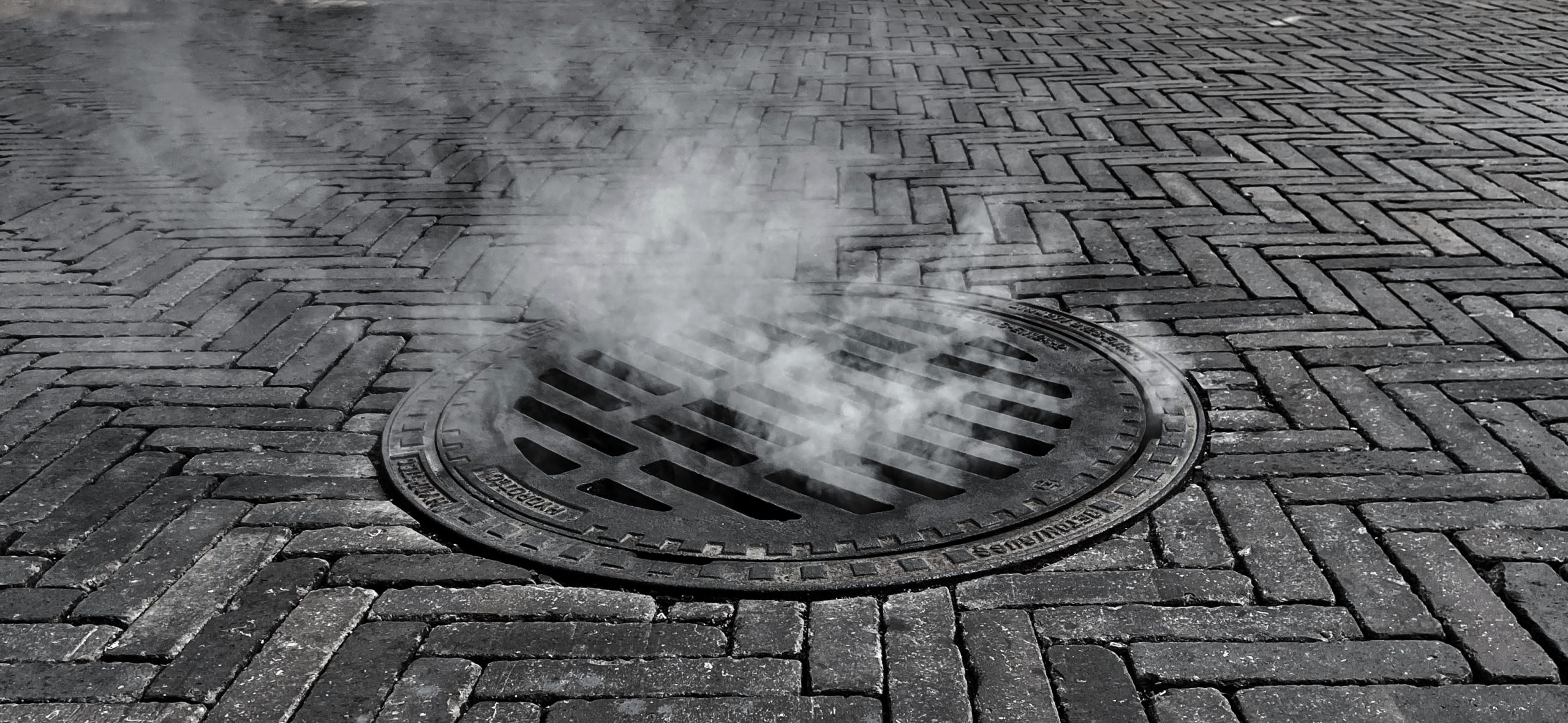
MUDDI
This standard defines classes that support the integration of datasets from different types of information about the underground space, using different information models. These information models include models about elements such as utility infrastructure, transport infrastructure, soils, ground water, or environmental parameters.
Downloads
| Document title | Version | OGC Doc No. | Type |
|---|---|---|---|
| OGC Model for Underground Data Definition and Integration (MUDDI) Part 1: Conceptual Model | 1.0 | 23-024 | IS |
Official model files and encoding schemas
Official Schemas
https://schemas.opengis.net/muddi/
Note: You may also download in a single zip file.
Download All Official OGC Schemas
Submit a Change Request, Requirement, or Comment for this OGC standard.
Related links
The case for better subsurface data and an explanation of the usefulness of the MUDDI data model is made in this “MUDDI For Everyone” Guide.
Overview
MUDDI stands for “Model for Underground Data Definition and Integration” and is an approach to make sub-surface data Findable, Accessible, Interoperable, and Re-Usable. The MUDDI Standard defines classes that support the integration of datasets from different types of information about the underground space, using different information models. These information models include models about elements such as utility infrastructure, transport infrastructure, soils, ground water, or environmental parameters.
MUDDI provides a comprehensive set of concepts that represent relevant features in the sub-surface. The conceptual model defined in the Standard consists of a core of mandatory classes describing built infrastructure networks (such as utility networks) together with a number of optional feature classes, properties, and relationships related to the natural and built underground environment.
The Standard is meant to provide a sufficient level of detail to address application use cases, including but not limited to the following:
- Routine street excavations;
- Emergency response;
- Utility maintenance programs;
- Large scale construction projects;
- Disaster planning;
- Disaster response; and
- Smart Cities programs.
The case for better subsurface data and an explanation of the usefulness of the MUDDI data model is made in this “MUDDI For Everyone” Guide.